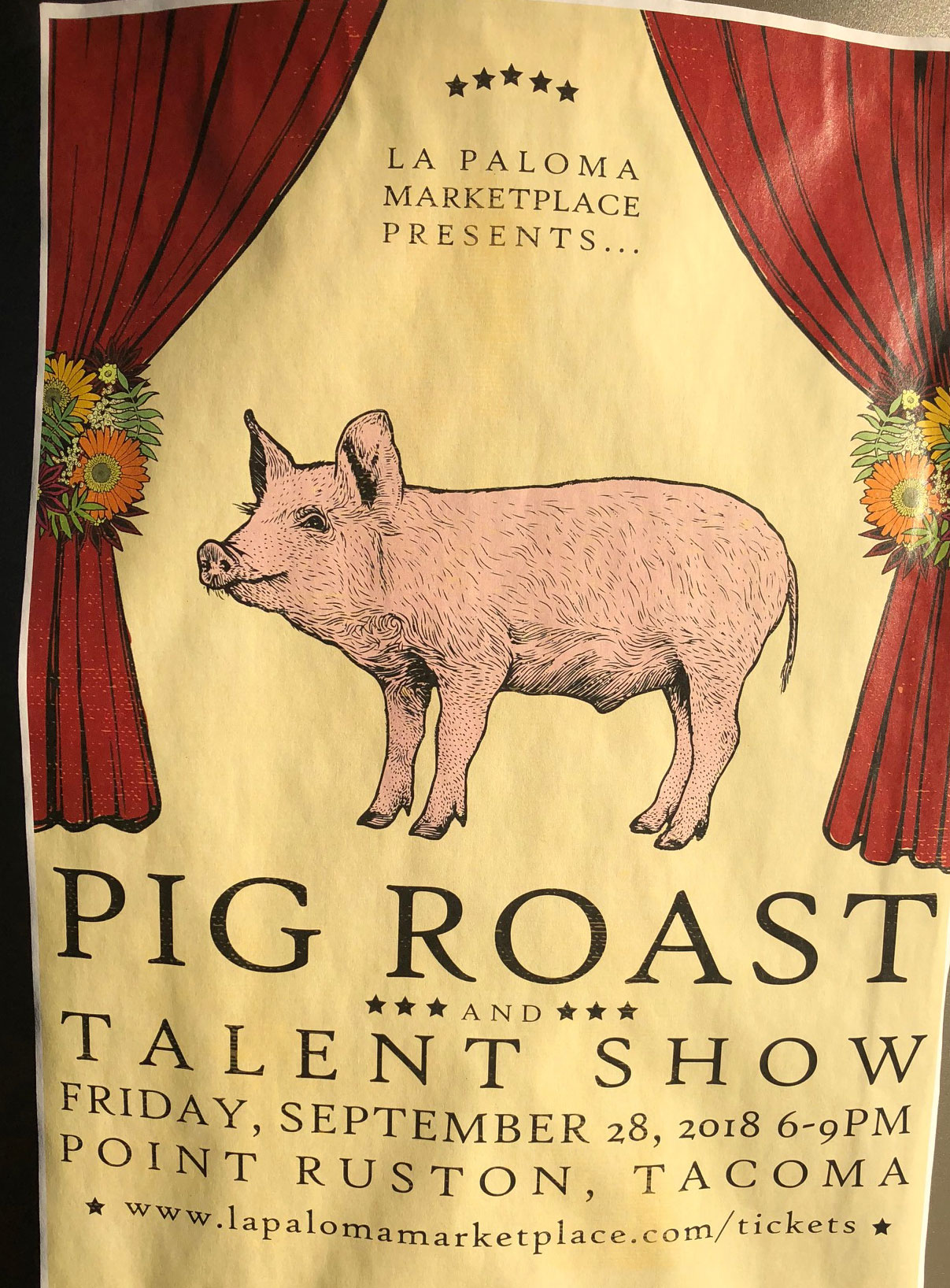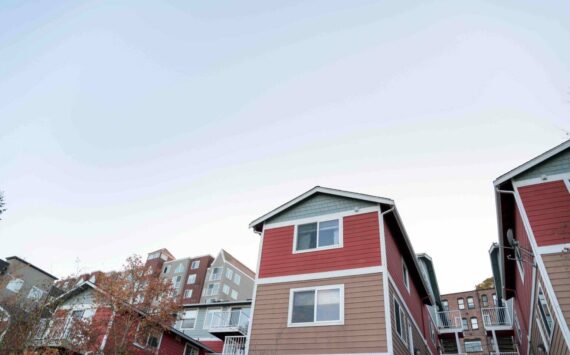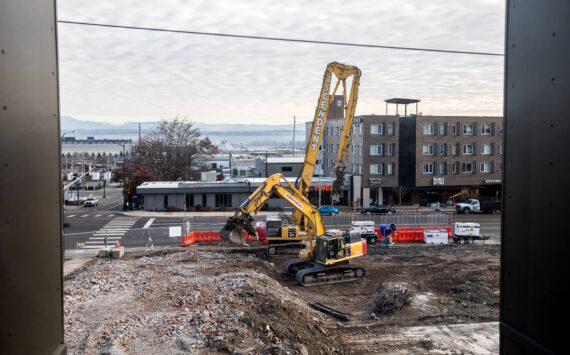Those massive projects look good on paper, but who wants to live there?
By Morf Morford
Tacoma Daily Index
Tacoma, like every city perhaps, is in love with the large “silver bullet” project that promises everything.
A single developer, with a single set of plans makes the paperwork side of a project a bit easier – or at least easier than ten or fifteen smaller projects on the same amount of that rare commodity – desirable urban footage.
As too many of us know, the intricacies, contradictions and seemingly endless negotiations over zoning, building codes, off street parking minimums, front, side, and rear setback requirements, fire marshal mandates, among many other laws, rules, guidelines and community responses can kill – or has killed – too many promising projects.
Like many people, I love the bustle of mixed neighborhoods dense with shops, cafes, bakeries and the (almost) always friendly unexpected place on the next block; especially if it is all walkable.
The irony is that, in spite of a long history of disastrous relationships with “silver bullet” developers who promise urban renewal, affordable housing, full occupancy and stable employment, Tacoma, like too many other cities, has too many abandoned and essentially unusable K-Mart and Rite-Aid sites.
I think we all know what we like, but when it comes to urban design, development and approval, what looks good on paper doesn’t always translate into a desirable living or working space.
Autonomy and privacy are hard-wired into most of us.
Those towering look-alike apartment blocks are something few of us dream about as our ultimate homes.
Without thinking about it, most of us have a sense of scale, belonging and welcome that is difficult to find – or create – in a massive, anonymous building – no matter how “efficient” it might be.
Single-family homes might not always be available or affordable in desirable neighborhoods.
A small to mid-size office or business space in a preferred neighborhood for a specialized business can be hard to find.


My preference for such a place is no urban utopian fantasy, it is the proven template for every American city and town that existed before World War II.
By necessity, every neighborhood was a walkable place. And every one of those cities had good transit systems.
The automobile was not king – the pedestrian was.
If you look over photographs of urban scenes, in almost any city, especially those from before 1950, or in some areas, as late as 1960, the contrast is striking – one setting is active and bustling, the other is sterile if not intimidating. (1*)
I love those neighborhoods in Europe and those tiny neglected pockets across North America where people feel free to linger – they don’t have to buy anything or even do anything, anyone is welcome to read, chat, knit or just people-watch without obligation – or suspicion.


Communities are made from these moments and these unexpected interactions.
America’s love affair with the car has made walkability nearly impossible – and even suspect in many areas.
Tacoma, like many cities, has dedicated far too much of its prime real estate to cars and storage of cars. Parking lots loom over walkways and, full or empty (of cars) add a haunting “vibe” to any neighborhood. (2*)
Have you noticed how odd it is to run into a stranger in any given parking lot? It is almost as if no one should be there -and anyone who is there is either defensive or under suspicion. Parking lots, it is presumed, are for cars only, and any human being, for any reason, needs good cause to be there – but even then is expected to take care of essentials and get out. Any lingering is questionable.
But besides single-family suburban sprawl and massive bland apartment towers, there is a middle way.
Mid-sized, affordable, human-scaled housing is possible – maybe even preferable.
The East Coast “brownstone” model maintains its appeal across generations and seems to survive trends that kill other – usually larger – projects.
This blending of the possible and the practical is a critical step for all of us, in our lives and in our communities.
Enduring growth will not be fast, or convulsive. Growth – and change of any kind – to be tolerable – must be incremental.
Here are a few semi-universal guidelines to dealing with change we can all live with;
1. Understand your own finances – do the numbers! If your neighborhood or city can’t afford it, think long and hard about going into debt for something you will be looking at – and paying for – for a long time. Which leads to…
2. Think long-term. Does this project take us where we want to go? Does it reflect who we are and what we have been in the past?
3. Avoid risky or unproductive debt. Be diligent about return on investment
4. Focus on simple, connected street and neighborhood networks; safe and welcoming public spaces; slow traffic speeds; don’t prioritize commuting; have flexible zoning; encourage small lots as the default; build beautifully – it matters.
5. Limit your big risks to a very small percentage of your finances
6. Implement and adjust your simple plan as needed. Learn from your own experience.
7. Celebrate small victories together
8. Find a method to hold staff and elected officials accountable to LONG TERM goals. Beware of being entranced by the incentives of short-term goals.
9. Don’t get caught up in the latest shiny, trendy thing from other cities. Does every city need a river walk? Beware of “best practices” – what may “work” in one city may not work in another.
10. Don’t be afraid to learn from the failures – and successes – of other cities.
To get an overview of the kind of growth that locals might like and that is not likely to bankrupt your city, take a look here.
(1*) Here is a typical scene from Kansas City, MO – https://www.kevinklinkenberg.com/blog/why-i-do-this but it could be from any city, almost anywhere in the world.
(2*) I lived in Beijing, China for about a year. What struck me most about the difference between here and there is that across Asia, the streets are full of people. Here the streets are full of cars.








